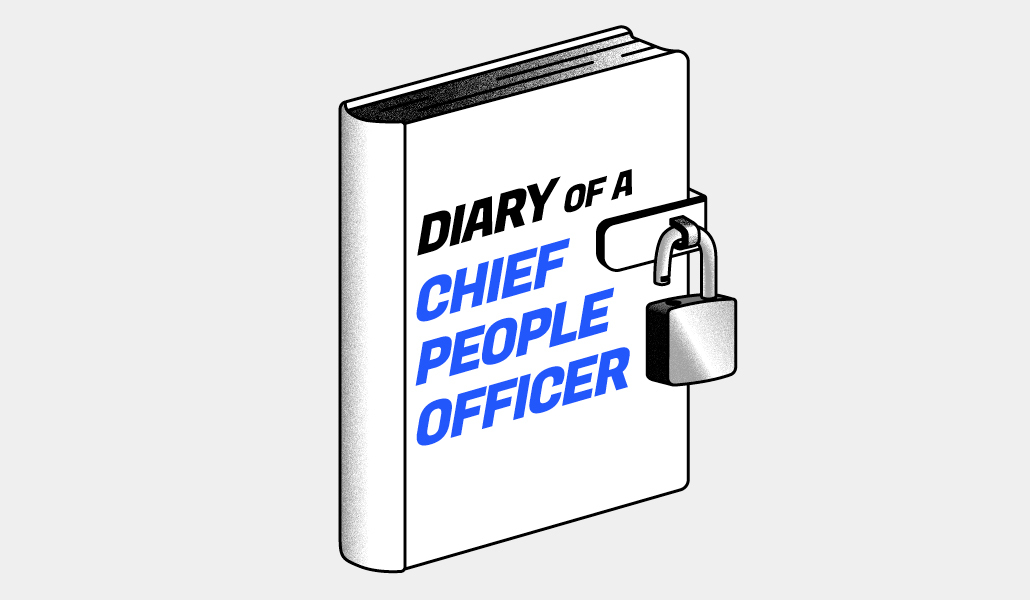Diary of a Chief People Officer: Building a new HQ amid the work-from-home revolution

Roslynn Williams recently moved from New Jersey to Florida for work.
That’s not something you hear much these days since so many employers support remote work. But when the data analytics and strategy firm Dun & Bradstreet, built its new headquarters in Jacksonville, Fla., Williams, its chief human resources officer, wanted to go too.
Most of the executive leadership team moved there, she said.
Dun & Bradstreet’s global workforce is hybrid, with managers and their direct reports deciding what in-person vs. remote work scenario is best for their team and role. Williams recently spoke about her decision to move the family to Florida, what it’s like to build a headquarters mid-pandemic and how Dun & Bradstreet approaches return-to-work. Our conversation is part of WorkLife’s Diary of a Chief People Officer series, where we ask the professionals tasked with managing workforces and the return to the office, to speak candidly about all their challenges and priorities.
This conversation has been edited for clarity and length.
You moved for your job at a time when employers — including Dun & Bradstreet — aren’t requiring employees to go to the office. Why?
I don’t know that I ever thought of it that way. The location certainly helped, my decision was less about the location and more about the people I work with. They are a part of my life. I don’t over exaggerate when I say I care about them, and they’ve become my friends.
I’ve moved twice for Dun & Bradstreet. When I first joined the company, I was remote. I lived in Northern Virginia and commuted to Short Hills, N.J., where our headquarters was. When I was offered this role, I moved to New Jersey and we lived there for five years. When we moved our headquarters to Jacksonville, I chose to come here. That’s how much I believe in not only the success of this company, but I care about the people in the company deeply and how to support them in it, especially in growing a headquarters here.
Can you explain the decision to move the HQ to Florida, particularly at a time when employee location means less.
The pandemic was an opportunity to really look at how and why we work. It’s still important to have places where people who want to come together and work together can. While we allow people the flexibility to work from home we anchor into having a core location, a homebase. We still find that there are a fair number of people that prefer to be in the office. We wanted to have that availability for them, especially talent earlier in their career. They share with us that they want to be in the office to learn from one another.
During the pandemic, we started to see the trend of talent moving from the east coast to the south. It was an opportunity for us to look at another location to capture talent. Moving the headquarters wasn’t replacing another location, it was adding an opportunity for us to be progressive in our location strategy.
A fair number of our executives moved here. We’ve brought back interns, so we have about 45 here in Jacksonville, and they do come to the office and get to work with us.
How did building a HQ during the pandemic influence design?
The easiest thing to point to is the number of monitors and video conferencing elements we have. And the monitors are a little bit bigger so a person can feel life-size. The audio and visual quality is very high so it’s seamless for communicating with people working from home or other offices.
There are a lot more open spaces. Teams are sitting in areas that enable collaboration whereas before you would have that traditional office setting where you would put specific teams in the same area. Now it’s more open to foster discussion across teams. And even in the areas that have offices we use a lot of glass so it feels open and we can see one another.
We also built a very nice gym, which is a nod to that union of work and home life. I know offices have always had gyms but it’s this move to reinvigorate our dedication to employee wellness.
We also built a soundproof room here for high-quality audio recordings. We’re trying to get communication and information to employees in ways that are bite-size so they can listen to it on their own time, when it works for them. It’s how we’re trying to reach people in another unique way. We’ve done podcasts, but in a really short snippets and we’re experimenting with an idea around citizen journalists